AIA writes in support of Representative Chrissy Houlahan’s (D-Penn.) introduction of a new legislation honoring the Mercury 13 with a Congressional Gold Medal. AIA urges the House to consider the Mercury 13 Congressional Gold Medal Act, which recognizes a group of trailblazers that paved the way for female astronauts and women in STEM. The all-female Mercury 13 were tested separately alongside the Mercury 7 astronauts during the Space Race to determine their mental and physical capacity for space travel. This act will bestow a formal recognition of the group’s historical accomplishments, their contributions to gender equity, and their significant role as examples for women in STEM fields.
History
During the late 1950s and early 1960s, with the US trying to out-pace the USSR in the Space Race, NASA’s Dr. William Randolph Lovelace of was put in charge of developing a series of tests to determine physical and mental fitness for space travel. Dr. Lovelace ran his testing on male volunteers, looking for the most qualified would-be astronauts. Simultaneously, through private donation, Dr. Lovelace was separately putting women through these tests, with many of them qualifying for space travel based on his assessments and some even outperforming members of the selected Mercury 7. This side program, dubbed FLATs (First Lady Astronaut Trainees) was cancelled in 1962 because in the later phases of Dr. Lovelace’s testing, military and NASA equipment were required. Since FLATs was not a NASA sanctioned project, Dr. Lovelace was not allowed to use these resources for women. The women who successfully completed the first phases of testing became known as the Mercury 13. This group of trailblazing women paved the way for women at NASA and female astronauts like Dr. Sally Ride. Rep. Houlahan would like to honor these women for their groundbreaking achievements by presenting the group with a Congressional Gold Medal, which will then be displayed in the National Air and Space Museum.

